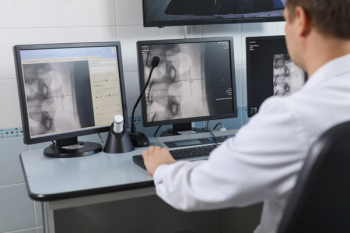
Lamenting the deteriorating quality of clinical histories that radiologists receive from referring clinicians, this author comically speculates about clinical histories one may see in the near future.

Lamenting the deteriorating quality of clinical histories that radiologists receive from referring clinicians, this author comically speculates about clinical histories one may see in the near future.

Catch up on the top radiology content of the past week.
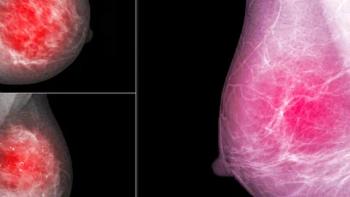
In a recent lecture at the Radiological Society of North America (RSNA) conference, Wendy DeMartini, MD, discussed a variety of preliminary proposed changes to the Breast Imaging Reporting and Data System (BI-RADS) for breast magnetic resonance imaging (MRI) examinations.

In what may be the first study to assess the effectiveness of biparametric magnetic resonance imaging (MRI) for prostate cancer screening in a large cohort, researchers found that MRI screening had a significantly lower false positive rate and significantly higher positive predictive values (PPVs) than prostate-specific antigen (PSA)-based screening.

In a recent video interview, Raymond Y. Kwong, MD, discussed his clinical experience with the Vista.ai (formerly HeartVista) One Click MRI software and recent research, presented at the Radiological Society of North America (RSNA) conference, that revealed a 31 percent decrease in cardiac MRI scan times for patients with cardiomyopathy or structural heart disease.

Recently launched at the Radiological Society of North America (RSNA) conference, the SIGNA Experience reportedly features synergistic technologies and artificial intelligence (AI) advances that help improve the efficiency and quality of magnetic resonance imaging.
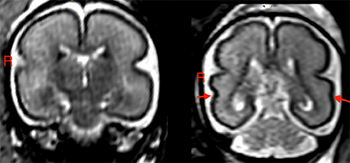
Researchers found that even low amounts of alcohol consumption in pregnant women can lead to early and diffuse structural changes in brain regions related to key functions including language development.

Offering more than 70 clinical applications, the next-generation edition of the Advanced Visualization Workspace reportedly includes enhanced liver analysis and artificial intelligence (AI)-powered scoring of early brain infarction noted on computed tomography (CT) scans for patients with ischemic stroke.

New magnetic resonance imaging (MRI) research suggests a significant link between deep white matter hyperintensity severity and increased quantity of enlarged perivascular spaces in the centrum semiovale among people with migraines.

Building a career for the long haul requires a foundation of good life and work habits as well as an openness to innovation and change.

COVID-19 may cause changes in the brain stem and frontal lobe that could lead to fatigue, impacts in motor signal processing, insomnia, and depression, according to emerging research recently presented at the Radiological Society of North America (RSNA) annual conference in Chicago.

Catch up on the top radiology content of the past week.
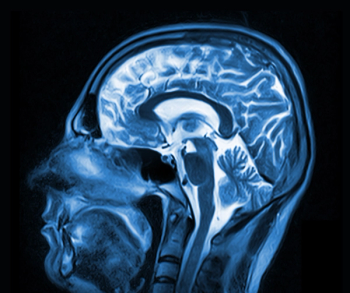
New magnetic resonance imaging research shows earlier brain aging in middle-age Black individuals with researchers suggesting that cumulative exposure to stress over socioeconomic and environmental adversities may be a key contributing factor.

Emerging research has revealed findings on diffusion magnetic resonance imaging (MRI) correlational tractography that may help neuroradiologists differentiate between autism spectrum disorder (ASD) and developmental coordination disorder (DCD).
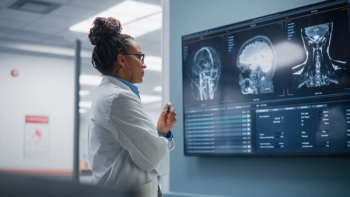
The ebbs and flows of worklists in radiology require equal parts productivity and preservation.
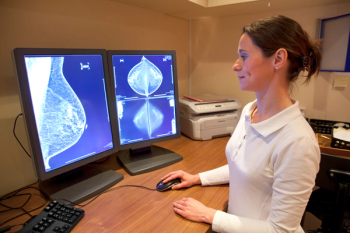
In a recently published article, researchers from Yale University discuss the pros and cons of current FDA regulations as they apply to the clearance and use of adjunctive artificial intelligence (AI) software with conventional breast cancer screening modalities such as mammography.

Catch up on the top radiology content of the past week.
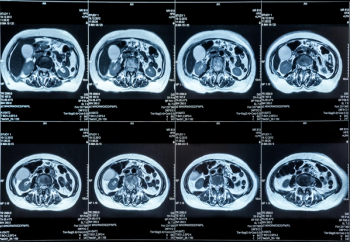
In two independent study cohorts, researchers found that first-degree relatives of probands with non-alcoholic fatty liver disease (NAFLD) and advanced fibrosis had a 14 to 15.6 percent higher risk of developing advanced fibrosis.

Is due consideration of patient history, demographics, and previous imaging essential or a cheater’s crutch when assessing new imaging?

Catch up on the top radiology content of the past week.
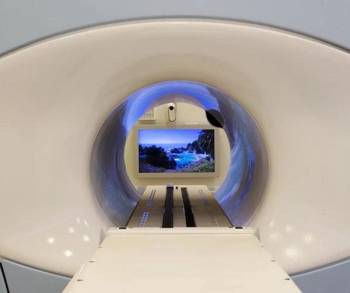
For patients undergoing stereotactic body radiotherapy (SBRT) for prostate cancer, the acute genitourinary (GU) toxicity rate associated with the procedure was 19 percent lower with magnetic resonance imaging (MRI) guidance in comparison to computed tomography (CT) guidance, according to new research presented recently at the American Society for Radiation Oncology (ASTRO) Annual Meeting.

Catch up on the top AI-related radiology content of the past month.
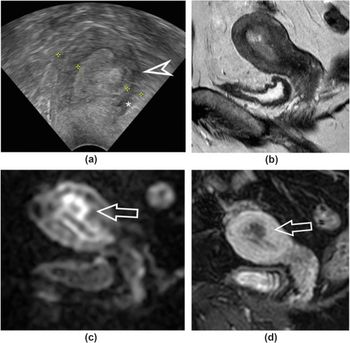
In a new study looking at pre-operative assessment of low-grade endometrial cancer, researchers found that while magnetic resonance imaging (MRI) had 20 percent higher specificity than transvaginal ultrasound for deep myometrial invasion, there was no difference in sensitivity.

Five weeks of radiation therapy is just as effective as eight weeks of radiation treatment for men with high-risk prostate cancer, according to new research presented at the American Society for Radiation Oncology (ASTRO) Annual Meeting.

Rads will always have to deal with forces outside of their control, but it’s how we address those forces that makes us the type of radiologist we can be proud of.